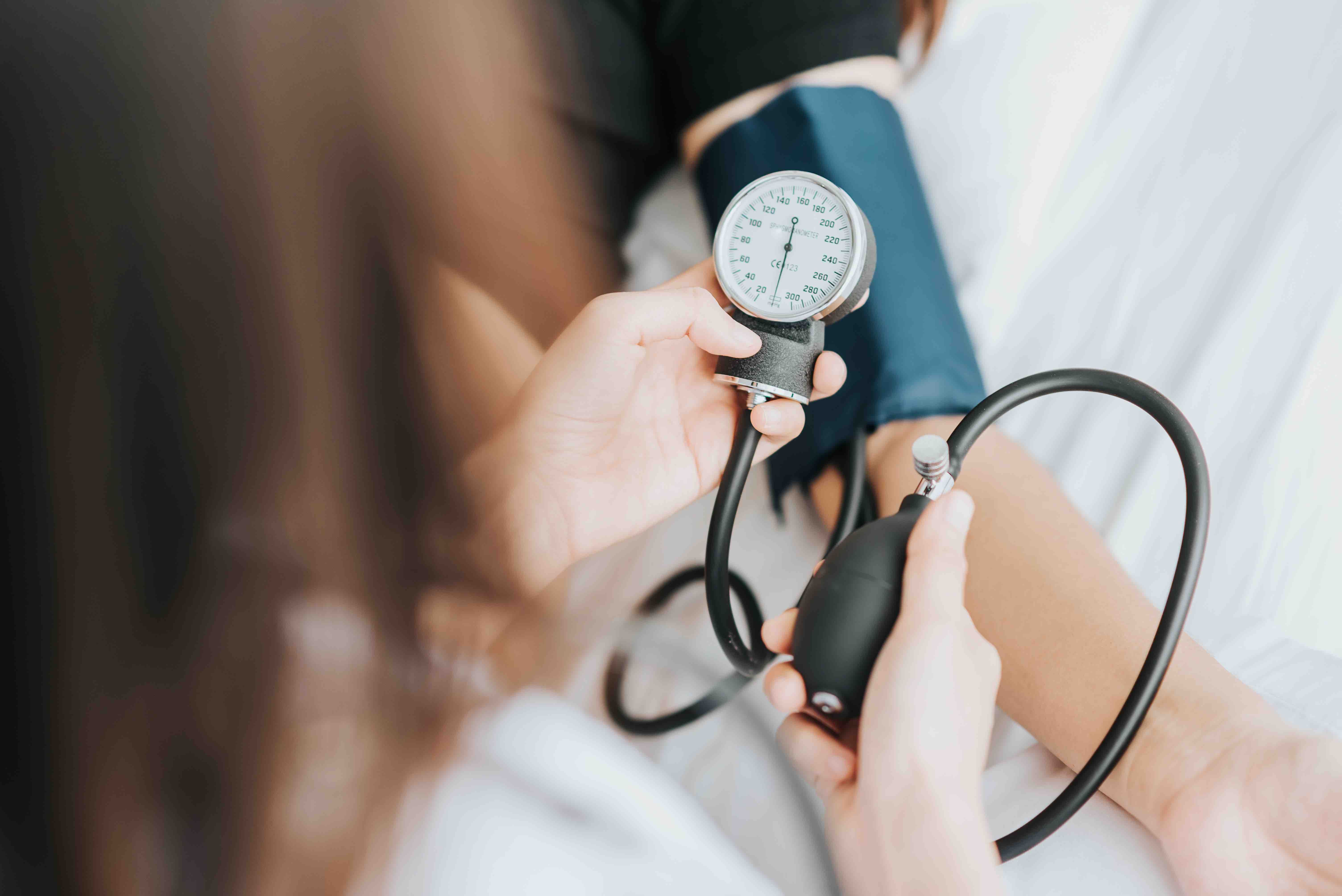- Center on Health Equity & Access
- Clinical
- Health Care Cost
- Health Care Delivery
- Insurance
- Policy
- Technology
- Value-Based Care
Low-Sodium Diet Significantly Reduces Blood Pressure After 1 Week, Study Finds
In a recent study, reducing dietary sodium demonstrated a blood pressure–reducing effect similar to that of a commonly used first-line antihypertensive medication.
A study published in JAMA found that reducing dietary sodium significantly lowered blood pressure in most middle-aged and elderly adults, regardless of hypertension status and hypertension medication use, after just 1 week.1
While sodium intake is known to impact blood pressure, variable within-individual blood pressure responses to sodium intake, or salt sensitivity of blood pressure, contribute to debate over dietary sodium recommendations. The prospectively allocated diet order crossover study aimed to examine the distribution of within-individual blood pressure response to dietary sodium, blood pressure differences between participants assigned to consume a high- or low-sodium diet first, and whether these outcomes varied according to baseline blood pressure and the use of blood pressure–reducing medications.
“In the study, middle-aged to elderly participants reduced their salt intake by about 1 teaspoon a day compared with their usual diet. The result was a decline in systolic blood pressure by about 6 millimeters of mercury (mm Hg), which is comparable to the effect produced by a commonly utilized first-line medication for high blood pressure,” Deepak Gupta, MD, associate professor of medicine at Vanderbilt University Medical Center and co–principal investigator, said in a statement.2
Blood pressure measurement | Image credit: interstid - stock.adobe.com

High blood pressure damages arteries over time by reducing their elasticity, which decreases blood and oxygen flow to the heart and contributes to heart disease. Hypertension is also a risk factor for stroke, kidney disease, and other chronic conditions.3 In middle-aged to elderly adults in the United States, estimated average sodium intake exceeds national and international recommendations, and deaths attributed to high sodium intake have increased in recent years.1 The American Heart Association (AHA) recommendation is no more than 2300 mg of sodium per day, but moving toward a goal of 1500 mg per day.4
The study enrolled 213 individuals between 50 and 75 years of age from April 2021 and February 2023. The cohort included individuals with normal blood pressure (25%), controlled high blood pressure (20%), uncontrolled high blood pressure (31%), and untreated high blood pressure (25%).1
All participants initially attended a baseline visit without changing their usual diet, then they completed 1-week high-and low-sodium diets. The high sodium diet added approximately 2200 mg sodium to participants’ usual diets, and the low-sodium diet included approximately 500 mg of sodium total per day. The researchers used 24-hour ambulatory blood pressure monitoring (ABPM) and 24-hour urine collections for assessment of dietary adherence.
Main outcomes included average 24-hour ambulatory systolic and diastolic blood pressure, mean arterial pressure, and pulse pressure differences after 1 week. The authors noted that the usual diets of participants were already high in sodium, with a median of 4.45 grams per day (IQR, 2.57-6.93).
Overall, 73.4% of individuals experienced a decline in mean arterial pressure on the low-sodium diet compared with the high-sodium diet. With a mean arterial pressure decline of 5 mm Hg or greater serving as the threshold, 46% of participants were classified as “salt sensitive.”
Median systolic blood pressure measures were 125, 126, and 119 mm Hg when participants consumed usual, high-sodium, and low-sodium diets, respectively. The mean within-individual difference in mean arterial pressure was 4 mm Hg (IQR, 0-8 mm Hg; P < .001), and there were no significant differences in hypertension status subgroups.
The mean difference in systolic blood pressure was 8 mm Hg between individuals assigned to a high-sodium vs low-sodium diet (95% CI, 4-11 mm Hg; P < .001). Subgroups stratified by age, sex, race, hypertension, baseline blood pressure, diabetes, and body mass index all showed similar mean systolic blood pressure differences between the high- and low-sodium diets. Adverse events were reported by 9.9% of participants while consuming high-sodium diets and 8.0% of participants consuming low-sodium diets.
“The fact that blood pressure dropped so significantly in just 1 week and was well tolerated is important and emphasizes the potential public health impact of dietary sodium reduction in the population, given that high blood pressure is such a huge health issue worldwide,” co-investigator Cora Lewis, MD, MSPH, FACP, FAHA, professor and chair of the department of epidemiology and professor of medicine at the University of Alabama at Birmingham, said.2
References
1. Gupta DK, Lewis CE, Varady KA, et al. Effect of dietary sodium on blood pressure: a crossover trial. JAMA. Published online November 11, 2023. doi:10.1001/jama.2023.23651
2. Cut salt, cut blood pressure. News release. Northwestern University. Novermber 11, 2023. Accessed November 17, 2023. https://www.eurekalert.org/news-releases/1007411
3. About high blood pressure. CDC. Updated May 18, 2021. Accessed November 17, 2023. https://www.cdc.gov/bloodpressure/about.htm
4. How much sodium should I eat per day? American Heart Association. Updated November 1, 2021. Accessed November 17, 2023. https://www.heart.org/en/healthy-living/healthy-eating/eat-smart/sodium/how-much-sodium-should-i-eat-per-day
